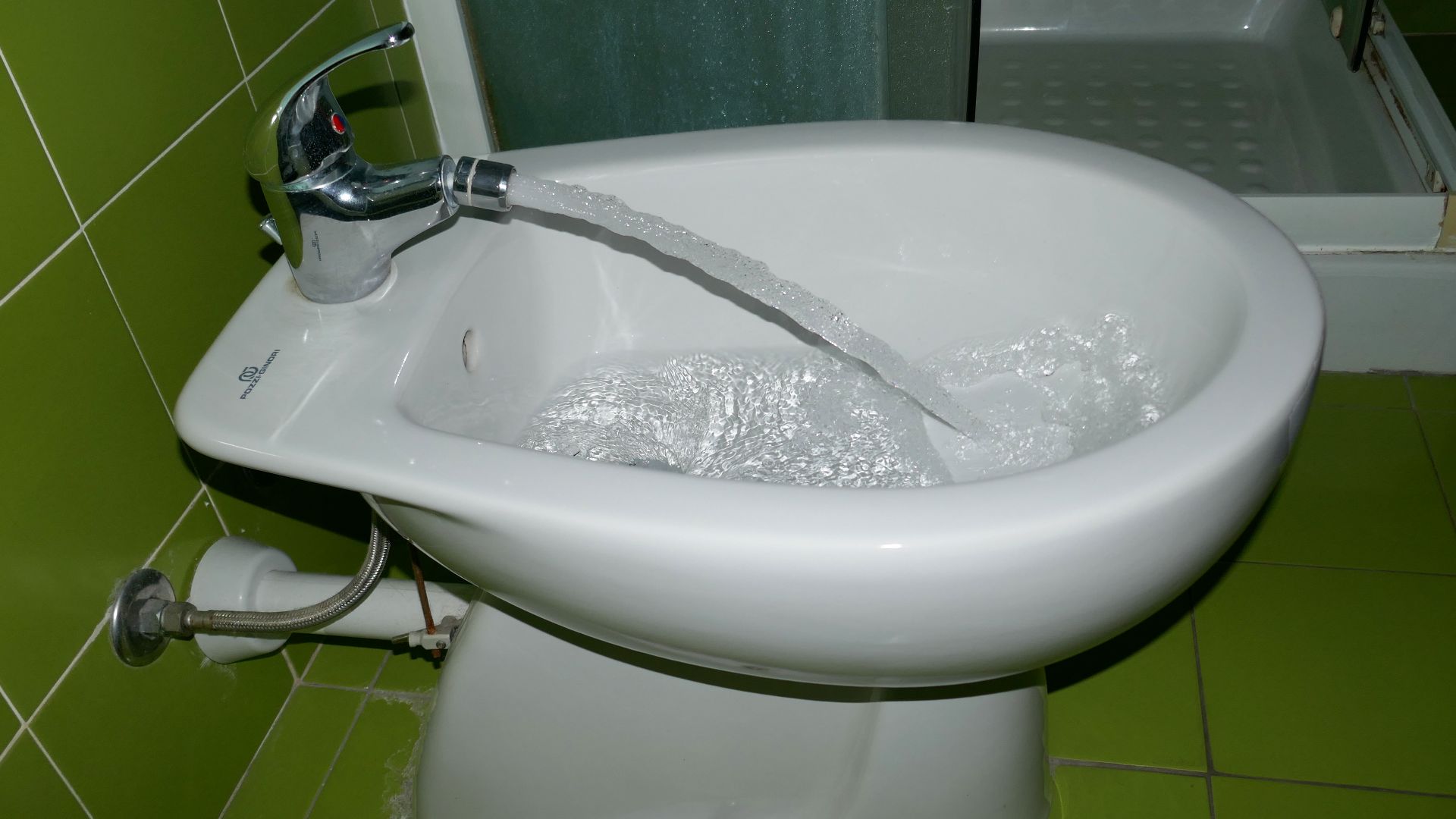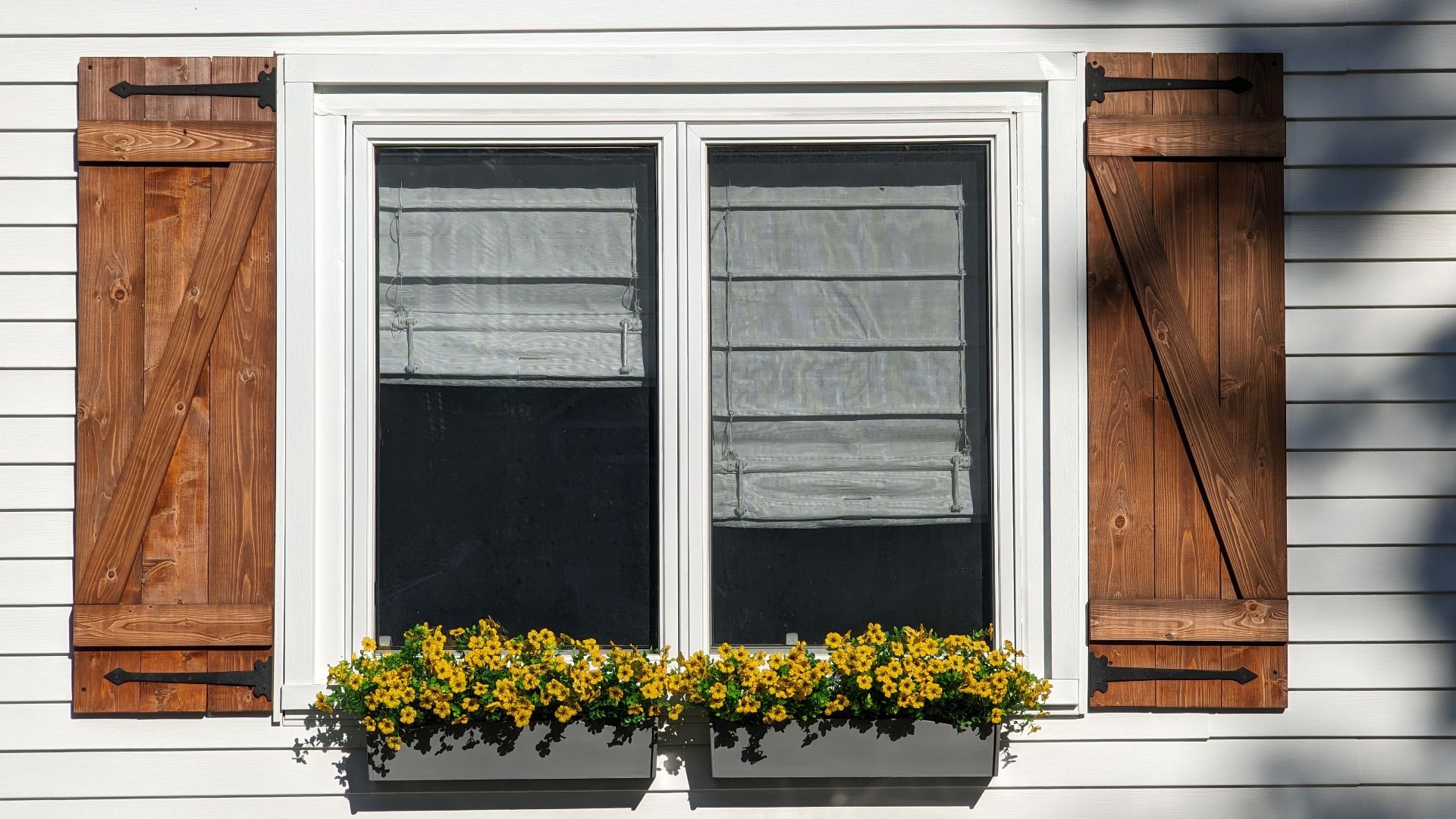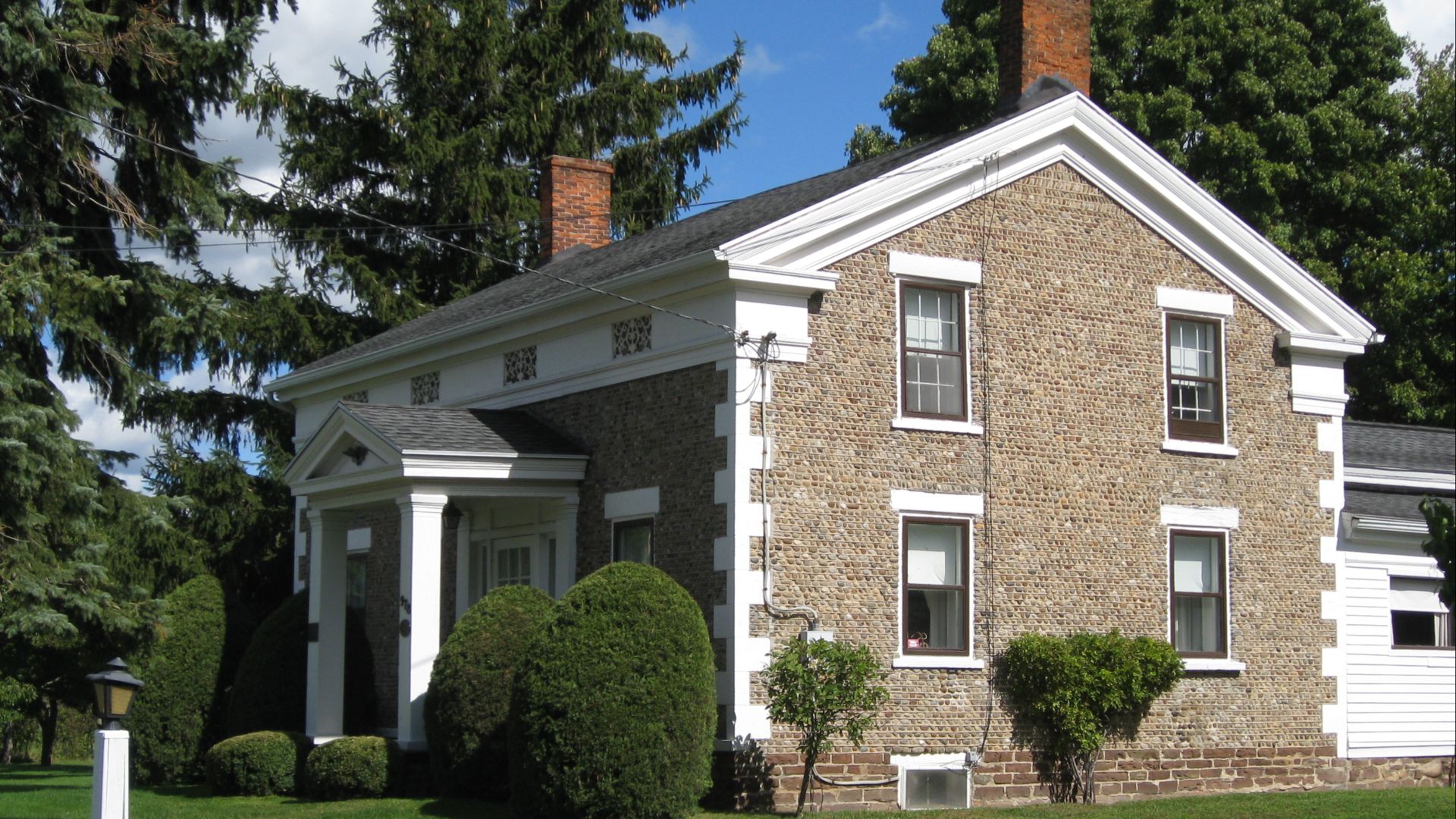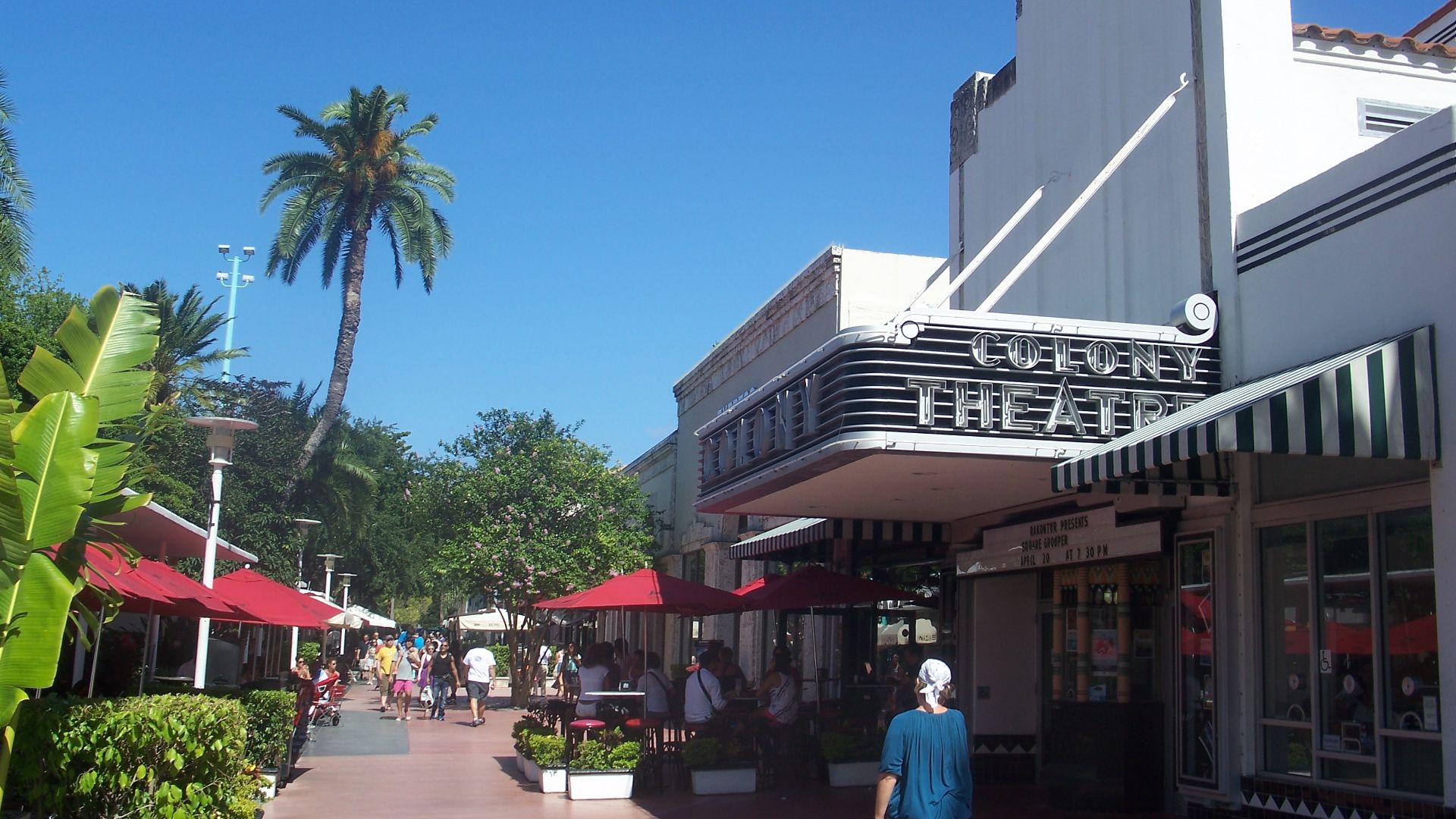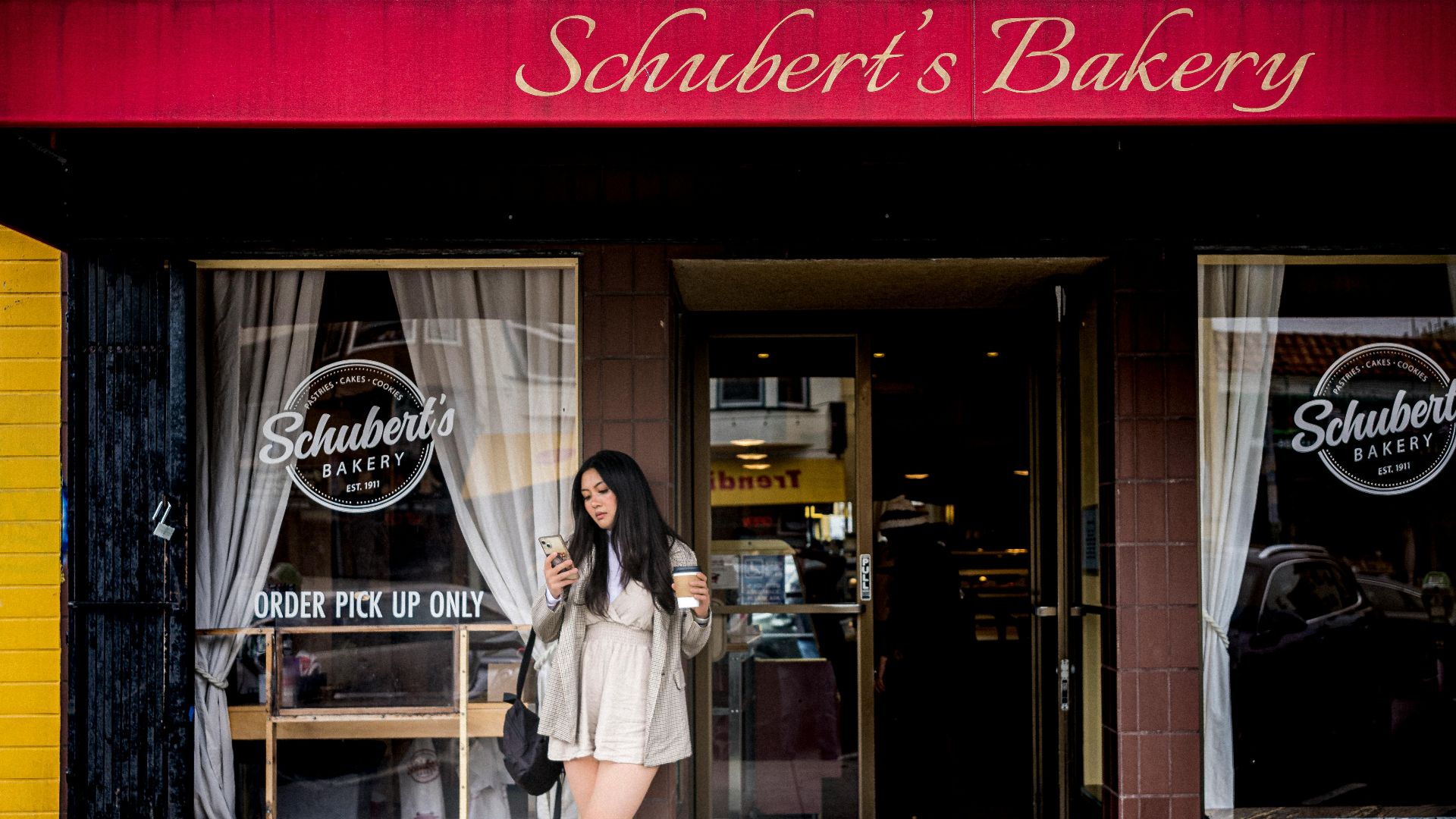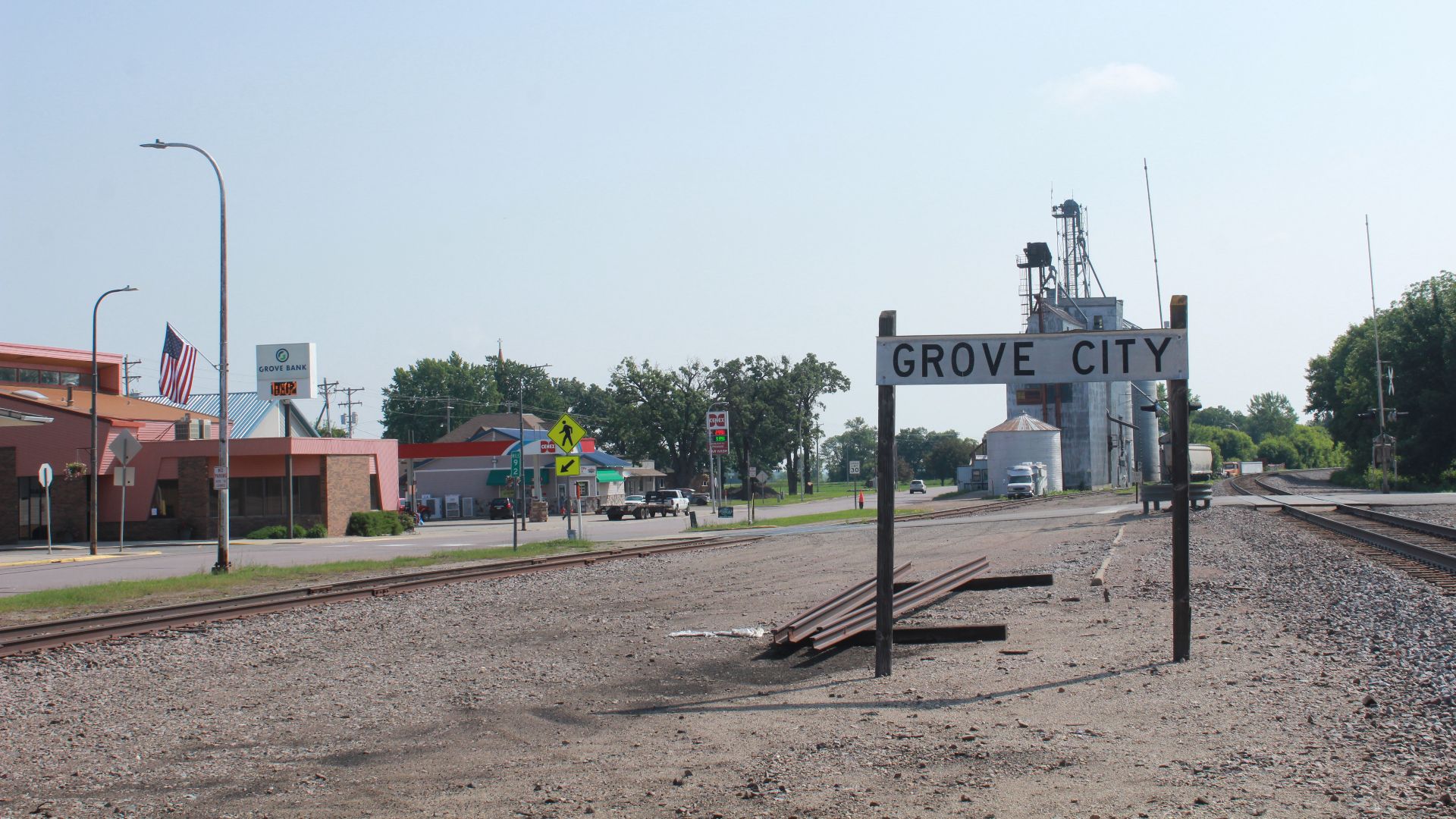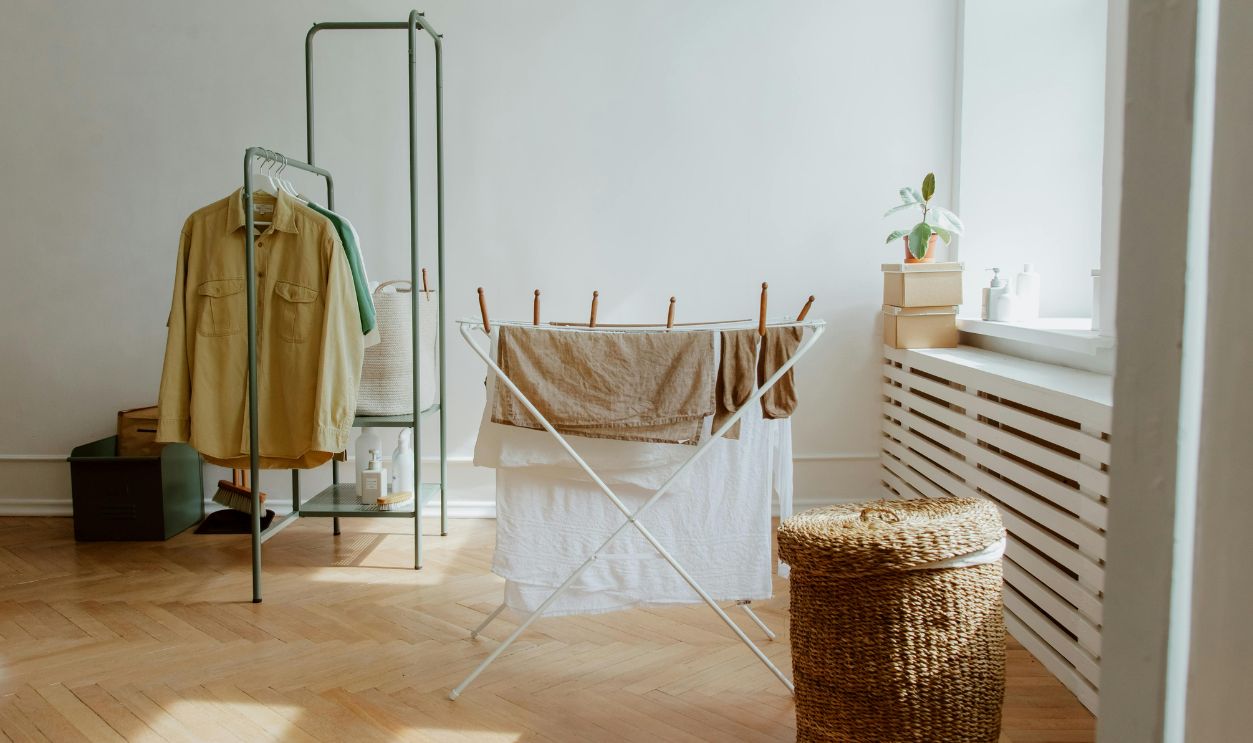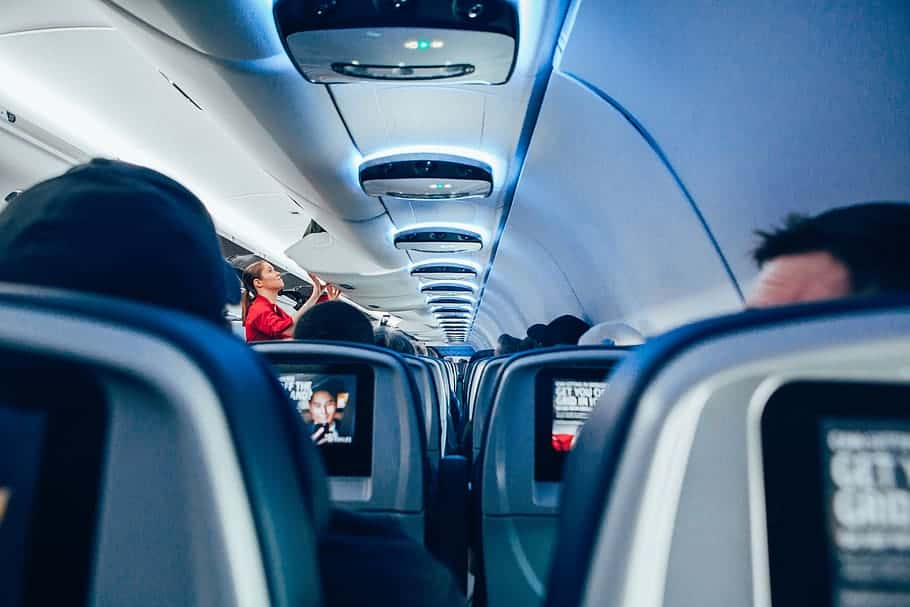Routine In Europe, Luxury In America
Europeans enjoy everyday conveniences that often seem like luxuries to Americans. And when someone in the US finally matches those standards, there’s always another voice saying, “You must have deep pockets to own this or do that”.

Bidets
The post-WWII era marked a fascinating shift in European bathroom habits with bidets. This transformation was especially dramatic in Italy, where they became so essential that a 1975 law actually required their installation. Today, only a small percentage of American bathrooms include them.
Using Public Drinking Fountains
Strolling through a European square, it’s easy to find a public fountain offering clean water. Locals refill bottles and keep moving without a second thought. For Americans, stylish or safe fountains can seem less ordinary and more like an upscale city feature.
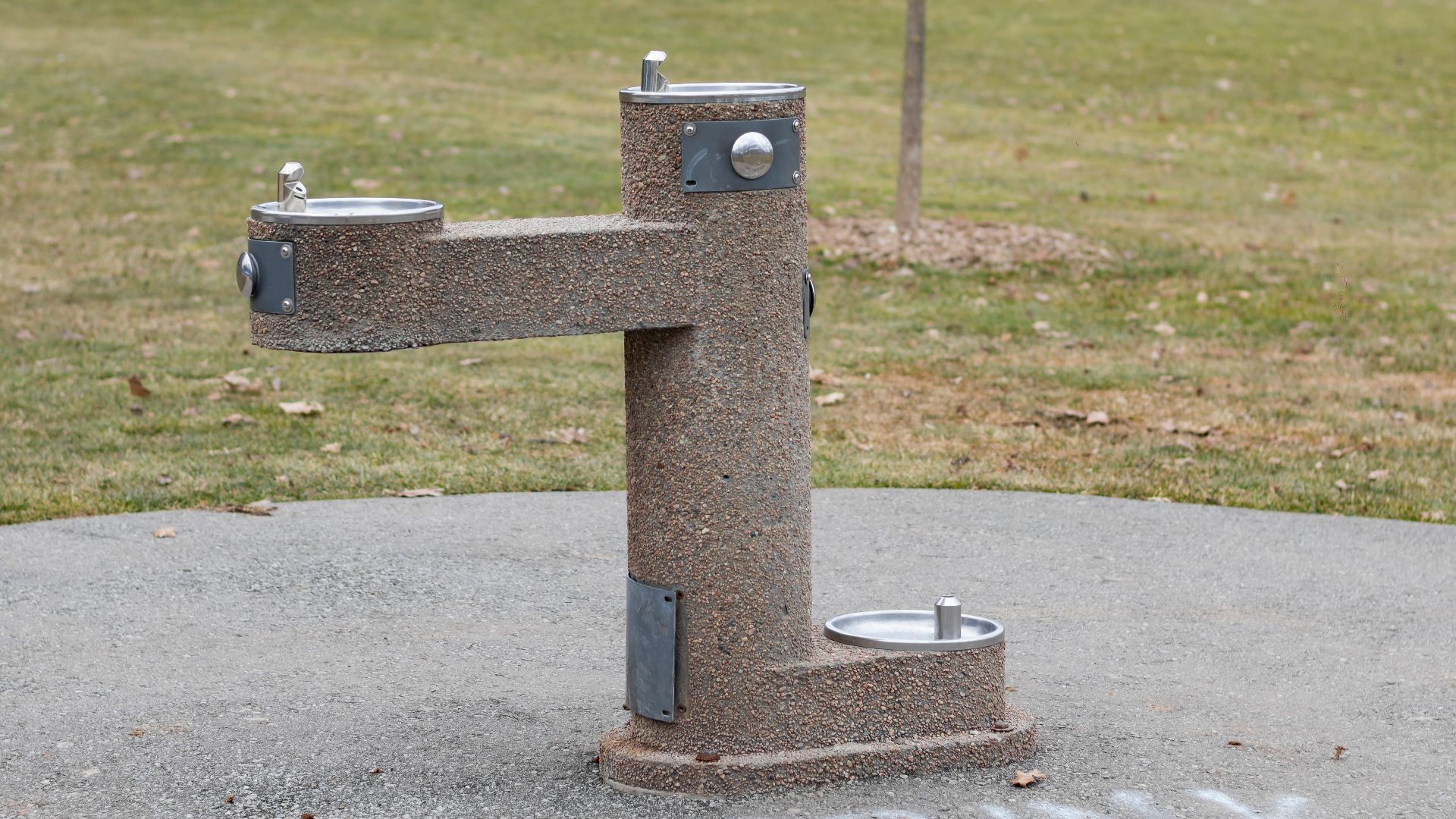 Fabian Roudra Baroi, Wikimedia Commons
Fabian Roudra Baroi, Wikimedia Commons
Window Shutters
Imagine grabbing bread downstairs and dinner just around the corner—all without a car. That’s the European way, where neighborhoods mix work and play. On the Western side, similar communities are marketed as premium “lifestyle districts” instead of ordinary design.
Protected Historical Architecture
Cobblestone streets often weave around medieval churches or Roman ruins that remain part of daily life. To Europeans, these landmarks aren’t museum pieces—they’re intertwined with homes. Now, in America, where “historic” usually means a century old, such surroundings feel extraordinary and carry the weight of luxury.
Mixed-Use Zoning
Imagine grabbing bread downstairs and dinner just around the corner—all without a car. That’s the European way, where neighborhoods mix work and play. On the Western side, similar communities are marketed as premium “lifestyle districts” instead of ordinary design.
Paid Parental Leave
When a child is born, parents across Europe and America have different experiences. A European couple receives paid time off as part of the deal. Their American counterparts? The story is different because such support is rare since it's built into their workplace culture.
Dedicated Bike Lanes
Cyclists in many European cities enjoy safe, protected lanes as part of everyday commuting. Riding to work or the market feels normal, not risky. Americans, on the other hand, often see such infrastructure as a sign of a trendy or affluent neighborhood.
 G. Edward Johnson, Wikimedia Commons
G. Edward Johnson, Wikimedia Commons
Radiator Heating
American households run on central air as the standard way to heat and cool homes. Radiators, by comparison, feel quirky or old-fashioned. Yet across Europe, these quiet, efficient systems remain everyday essentials, warming apartments and houses in a way Americans often consider charming luxuries.
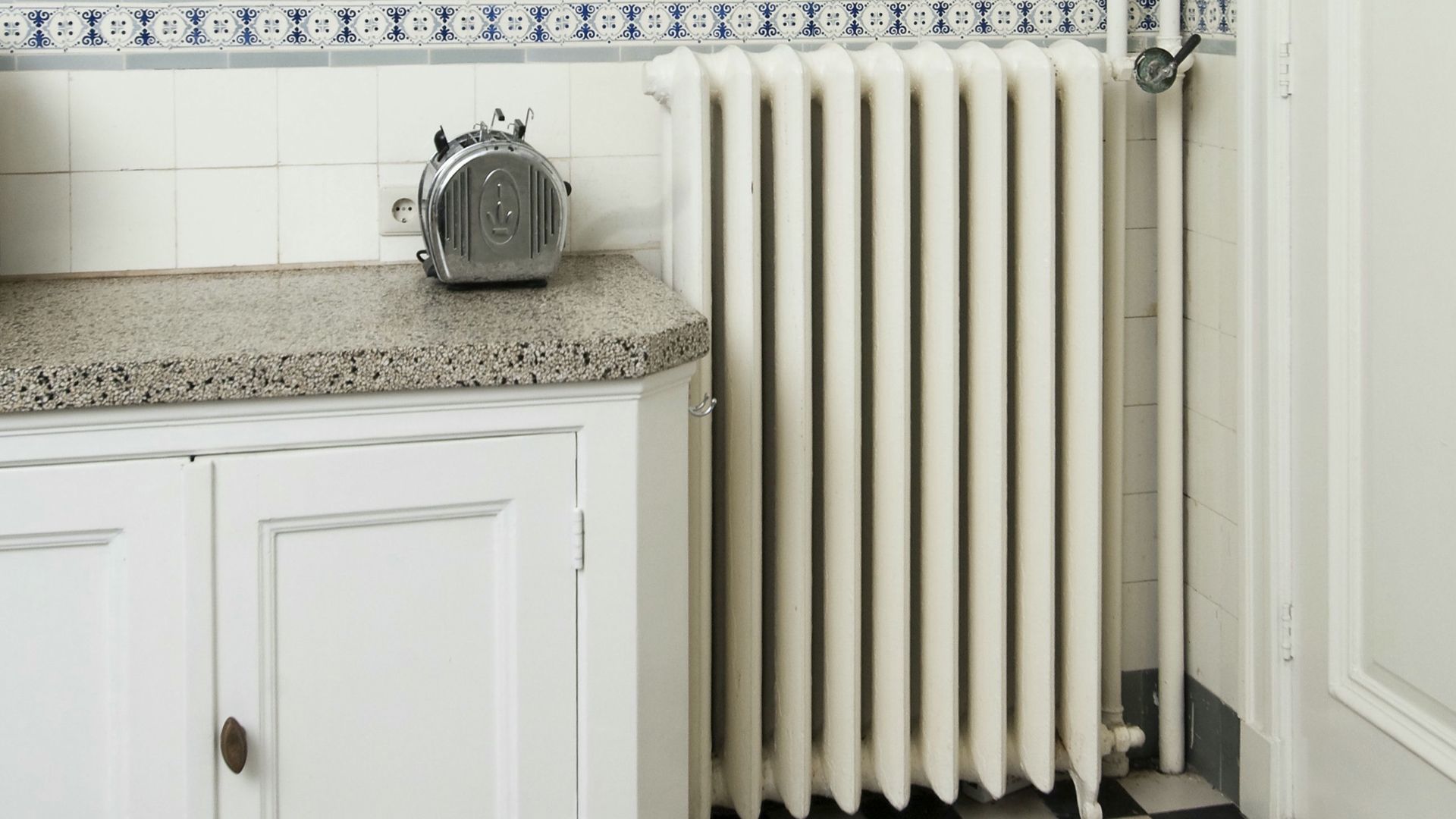 Jan van Galen, Wikimedia Commons
Jan van Galen, Wikimedia Commons
Walkable City Centers
Europeans have their markets, cafes, and shops only a few minutes away from their homes in places like Milan or Madrid. Streets are built for people first, cars second. Things are different in the US since such neighborhoods are coveted and sold as upscale lifestyle perks.
Multiple Languages On Product Packaging
For most US shoppers, packaging speaks one language—English. A carton of milk, a cereal box, or even a bottle of aspirin rarely offers translations. That’s why multilingual labels feel foreign, a sign of something imported or specialty. In Europe, though, three or more languages on everyday products are entirely routine.
 Rlsheehan at English Wikipedia, Wikimedia Commons
Rlsheehan at English Wikipedia, Wikimedia Commons
Long Annual Paid Vacation
A four- to six-week break is standard across many European workplaces, often woven into family calendars without much thought. Meanwhile, Americans often celebrate two weeks as generous. Stretching vacation beyond that feels extravagant—and for many, financially impossible.
Widespread Cafe Culture
Coffee shops abroad often function as social hubs, where lingering with friends is encouraged. Across the Atlantic, the habit flips: Americans rush with to-go cups. What feels ordinary in Vienna or Paris strikes US visitors as indulgent or upscale.
Fresh Bakeries Within Walking Distance
For many Americans, bread comes from the supermarket or a boutique shop across town. In countless European neighborhoods, though, the bakery is a block away, and fresh loaves are simply part of the morning routine—not an artisanal luxury.
Lengthy Lunch Breaks
Southern Europe still treats the midday meal as a pause, often lasting more than an hour to strengthen social ties. Across the US, thirty minutes at the desk is common, and this makes the European approach feel like a rare indulgence.
Wine With Everyday Meals
Pouring a glass of wine at dinner is second nature in France, Italy, and Spain, where it complements food rather than marks status. By comparison, many American families save wine for birthdays or holidays. Here, this “wine and dine” habit has an air of elevated importance.
Historical Buildings As Homes
American cities often showcase sleek condos, while apartments carved out of centuries-old structures remain ordinary across Europe. Residents live among ornate facades and stone walls, seeing upkeep as routine rather than treating the space like a museum piece.
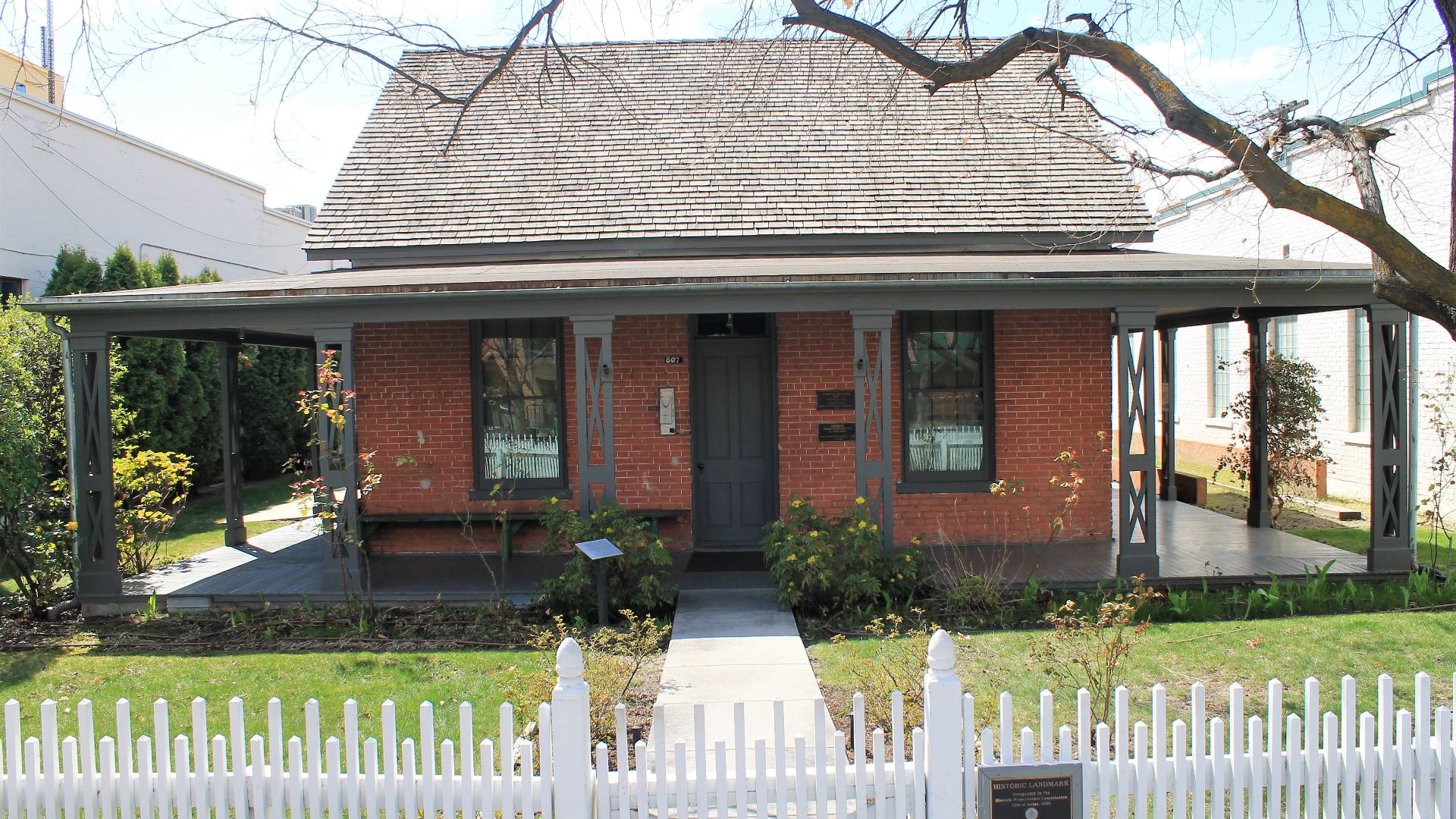 Rickmouser45, Wikimedia Commons
Rickmouser45, Wikimedia Commons
Two-Way Electrical Outlets With Switches
Switch-equipped outlets are standard across much of Europe, and this improves safety and energy efficiency. Sockets in America are far simpler—plug in and the current flows—so Europeans’s everyday convenience can look like high-tech gadgetry to an American visitor.
Afternoon Tea/Coffee Breaks
Extended breaks over cake and coffee can feel like an indulgence in America, where pauses are brief. In Sweden, fika, or in Germany, Kaffee und Kuchen, these gatherings are part of the cultural rhythm.
 Johannes Jansson, Wikimedia Commons
Johannes Jansson, Wikimedia Commons
Reliable Recycling Systems
Color-coded bins and clear rules make recycling second nature across Europe. Americans tell a different story where programs vary wildly by city. In American soil, separating trash and recyclables often feels like an extra effort.
 Eric Fischer, Wikimedia Commons
Eric Fischer, Wikimedia Commons
Universal Health Coverage
In much of Europe, healthcare is viewed as a right, and citizens expect access without incurring significant financial strain. Americans often associate medical care with employment and high insurance premiums, so the European model can appear enviable—or reserved for the wealthy.
 Martin Lambert, Wikimedia Commons
Martin Lambert, Wikimedia Commons
Affordable Higher Education
University fees in many European countries are capped or heavily subsidized, and this makes degrees accessible to most families. Americans face staggering tuition bills and lifelong student loans that turn higher education into a privilege most cannot afford.
Trains Linking Cities
You want to go to the next city? In Europe, that’s no problem because hopping on a train to another town is affordable. When an American wishes to do the same in America, intercity rail is limited and often pricey. The two available options are by road and air. All expensive.
Open-Air Markets
Stalls selling produce, flowers, and cheese still anchor local town squares across Europe, offering fresh food at everyday prices. Farmers’s markets in America are often weekend events, marketed as upscale experiences rather than ordinary ways to shop for groceries.
Household Clothes Drying Racks
Most US homes depend on large electric dryers, a staple of suburban laundry rooms. That makes racks or balcony lines feel outdated or even minimalist. Yet across Europe, air-drying remains practical and affordable—woven into daily routine rather than seen as a compromise.
Citywide Festivals And Holidays
When you visit Europe, it’s no surprise to fall on a random seasonal festival, and city-sponsored holidays. Participation is communal, not costly. On the flip side, Americans view similar events as commercialized trends, which makes Europe’s built-in celebrations look lavish to outside eyes.


